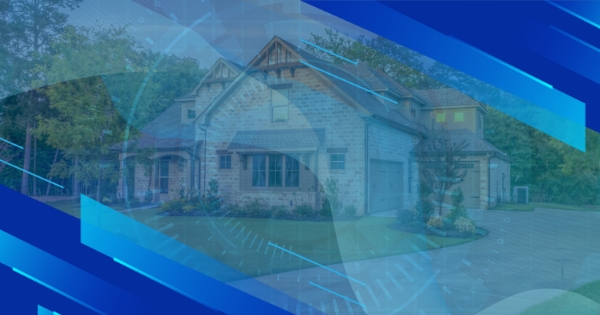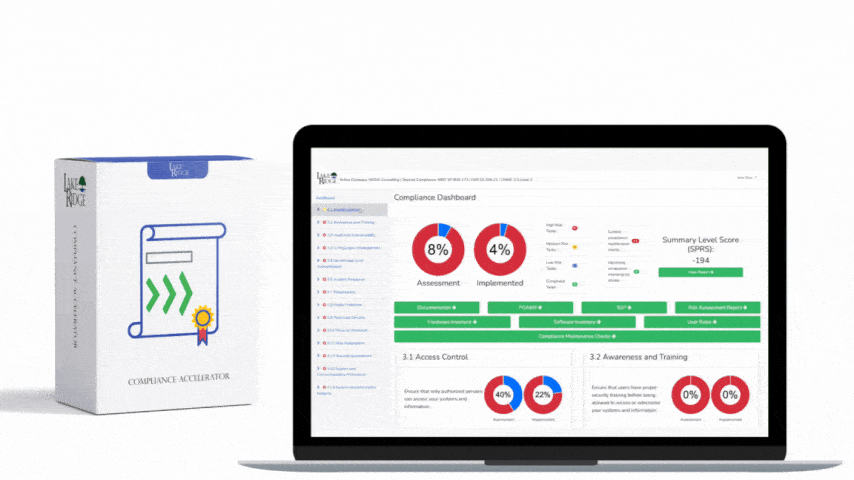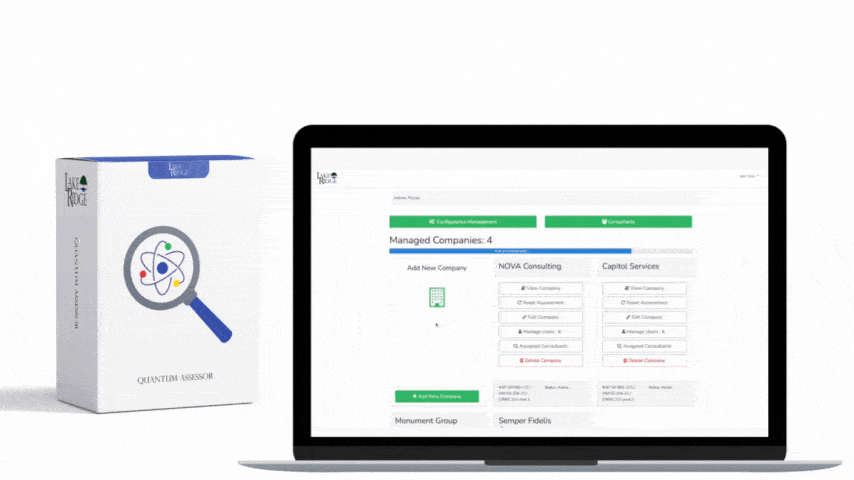Securely Configure Your Smarthome Devices
Modern homes often have “smart” devices such as Smart TV’s, smart refrigerators, smart cameras, assistive devices like Amazon echo, smart security cameras, and smart lights. These devices all run software and are often connected to the internet meaning that they can be vulnerable to attack. To reduce the probability of these devices being compromised by an attacker you need to keep them updated with the latest security patches.

Securely Configure Your Router
Your home’s router is literally your gateway to the internet. Hackers can exploit vulnerabilities in your router and gain access to your network. You need to keep your router updated with the latest security patches and configure it securely. You can use DISA security technical implementation guides (STIG) to accomplish this.
Use Strong Encryption to Protect WiFi
If you use WiFi in your home it needs to be protected with the latest encryption, today that means WPA-2. At home you will be using WPA-2 in PSK (pre-shared key) mode. In order for this encryption to function properly you will need to use a strong password (at least 10 characters long) using mixed case letters, numbers, and special characters. Don’t make the password obvious or easy to guess. You also need to periodically change your home WiFi password. Changing your WiFi password bi-annually is sufficient.
Secure Your Computers
To reduce the chance of the computer on your home network from being compromised by an attacker you need to deploy some simple security measures.
- Install anti-virus and configure it to regularly scan your computer
- Keep your computer updated with the latest security updates
- Use an unprivileged user account when using your computer. Only use the admin account when you need to change settings or install software
- Uninstall unused software from your computer, this will reduce its attack surface
- Enable your computer’s firewall
- Enable encryption for your hard drive
Beware of Social Engineering Attacks
You have no idea how many times a “Microsoft Engineer” called my late Grandmother to “help her with computer problems”. Luckily I am in IT so she would tell them that her Grandkids took care of all her computer issues. Beware of social engineering attacks such as phishing emails, a voice phishing aka “vishing” and other scams. It is often easier for an attacker to simply ask for access to your computer or network than to try and hack into it.
Encrypt Your Storage Devices
You likely have hard drives and thumb drives that store personal photos, information, and important documents. If your house gets robbed and these storage devices are stolen the robber will have access to all of that information. To avoid him/her from accessing the data you need to encrypt these storage devices. I like to use VeraCrypt because it works on Windows, Mac, and Linux. If you aren’t comfortable using encryption then you should lock your storage devices containing important information in a fireproof and waterproof safe box.
Backup Important Data to the Cloud
Do you have important data on storage devices laying around your house? What happens if there is a fire, flood, earthquake, or other natural disaster that destroys that data? It can potentially be gone forever. I recommend using the cloud to store important data. If you have privacy concerns you can encrypt the data using VeraCrypt before uploading it to cloud storage services such as Google Drive or iCloud. Using cloud services such as Google Drive and iCloud make life easier as they protect your data and provide extremely high availability. It generally isn’t worth setting up your own cloud storage.
Consider Physical Security
Keep your computers and other IT equipment off the ground to help protect them from flooding. Use surge protectors to protect your systems from power surges. If you use a desktop computer for important work, having an uninterruptible power supply (UPS) is a good idea.
There is little sense in putting all this work into protecting your home network with secure configurations, anti-virus, and encryption if an attacker can simply walk into your home and take your systems. Always lock your doors and windows. Obscure visibility into your home using curtains and blinds. Installing a wireless alarm system and cameras can also be useful. Regularly change the code to your garage door. When you are out of town pause your mail and ask your neighbors to park their car in your driveway. Lock away important documents and items such as passports, credit cards, and banking information.




